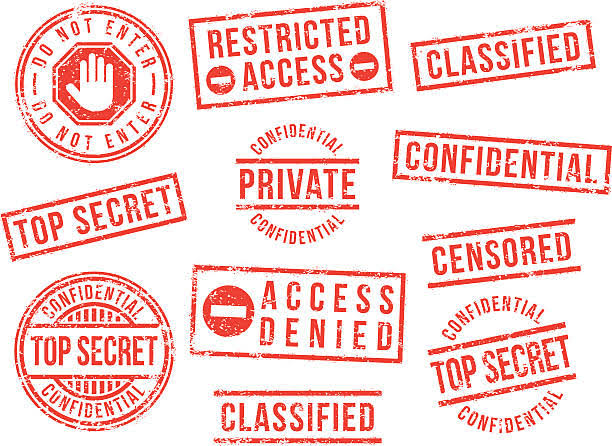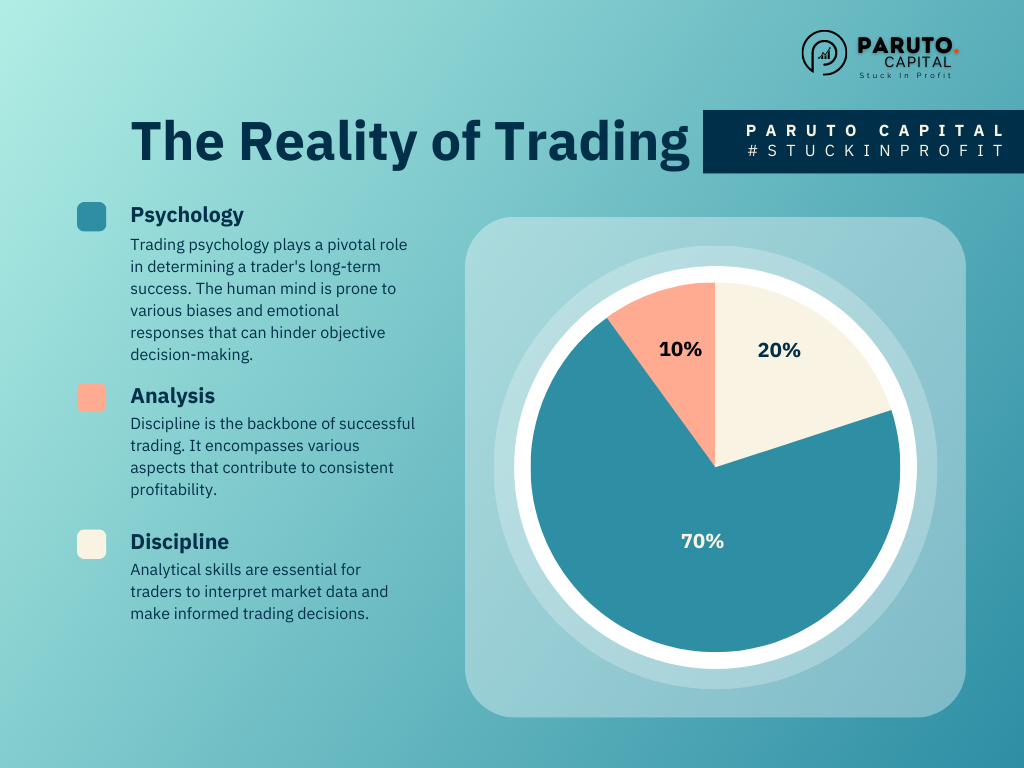- Develop a trading plan:
-
Set clear trading goals: Define the objectives of your trading activity, such as the expected return, risk tolerance, and investment horizon. For example, a currency trader may set a goal of making a 10% annual return with a maximum risk of 2% per trade.
-
Define your trading strategy: Develop a specific approach to trading, such as technical analysis, fundamental analysis, or a combination of both. For instance, a currency trader may use technical analysis to identify trends and support/resistance levels and fundamental analysis to assess macroeconomic factors affecting currency exchange rates.
-
Establish entry and exit rules: Define clear criteria for entering and exiting trades, such as the use of stop-loss and take-profit orders. For example, a currency trader may enter a long position in USD/JPY if the exchange rate breaks above the 200-day moving average and exit the trade if the price falls below a specific support level.
- Start small:
-
Use proper money management: Invest only a small percentage of your capital in each trade and avoid over-trading. For instance, a currency trader may allocate no more than 2% of their capital per trade and limit the number of trades to 5 per week.
-
Focus on risk management: Use stop-loss orders to limit your potential losses and avoid margin calls. For example, a currency trader may place a stop-loss order at 1% below the entry price of a long position in EUR/USD, which limits the maximum loss to 1% of the trading capital.
-
Learn from experience: Review your trading performance regularly and adjust your trading plan accordingly. For instance, if you experience a losing streak, take a break and analyze the reasons for the losses, such as the market conditions or the trading strategy.
- Use stop-loss orders:
-
Set appropriate stop-loss levels: Use technical analysis to identify key support and resistance levels and set stop-loss orders accordingly. For example, a currency trader may place a stop-loss order below a recent swing low in the EUR/USD exchange rate.
-
Adjust stop-loss levels: Monitor your trades and adjust the stop-loss levels if the market conditions change. For instance, if the EUR/USD exchange rate breaks above a key resistance level, the currency trader may move the stop-loss order to breakeven or above the entry price to lock in profits.
-
Use trailing stop-loss orders: Use trailing stop-loss orders to capture profits and limit losses in fast-moving markets. For example, a currency trader may place a trailing stop-loss order that moves up with the exchange rate in a long position in GBP/USD, allowing them to capture gains while limiting the downside risk.
- Practice with a demo account:
-
Learn the trading platform: Familiarize yourself with the trading platform offered by your broker and test its features and functionality. For example, a currency trader may use a demo account to learn how to place orders, set stop-loss levels, and use technical indicators.
-
Test your trading strategy: Use a demo account to test your trading strategy and see how it performs in different market conditions. For instance, a currency trader may use a demo account to backtest their trading strategy over a historical data period and analyze its performance metrics, such as the win rate and the average profit/loss per trade.
-
Gain confidence: Practice trading with a demo account until you feel confident and ready to trade with real money. For example, a currency trader may use a demo account for several months to gain experience and develop their trading skills.
- Keep your emotions in check:
- Follow your trading plan: Stick to your trading plan and avoid making impulsive decisions based on emotions such as fear or greed. For example, a currency trader may have a rule in their trading plan to exit a losing trade if it hits a specific stop-loss level, regardless of how they feel about the trade.
-
Manage your risk: Use proper risk management techniques, such as setting stop-loss orders and limiting the size of your positions, to avoid emotional reactions to market fluctuations. For instance, a currency trader may limit the size of their positions to avoid being too emotionally invested in a trade.
-
Learn to handle losses: Accept that losses are a part of trading and learn to handle them in a rational way. For example, a currency trader may use a losing trade as an opportunity to learn from their mistakes and improve their trading strategy.
- Stay up-to-date with news and events:
-
Follow economic calendars: Keep track of important economic events, such as central bank meetings, GDP releases, and employment reports, that could affect currency exchange rates. For instance, a currency trader may use an economic calendar to plan their trades around major news events.
-
Monitor market sentiment: Stay informed about the overall market sentiment and the factors that are driving it, such as risk appetite, geopolitical tensions, or monetary policy. For example, a currency trader may use a sentiment indicator, such as the CFTC Commitment of Traders report, to gauge the market sentiment towards a currency pair.
-
Use technical analysis: Use technical analysis to identify trends and patterns in the price action that could signal potential trading opportunities. For instance, a currency trader may use a combination of technical indicators, such as moving averages and Fibonacci retracements, to identify key support and resistance levels.
- Learn from your mistakes:
-
Keep a trading journal: Keep a record of your trades, including the reasons for entering and exiting them, and analyze your performance regularly. For example, a currency trader may use a trading journal to identify patterns in their trading behavior, such as impulsive trades or emotional reactions to losses.
-
Review your trading plan: Review your trading plan regularly and make adjustments based on your performance and market conditions. For instance, a currency trader may update their trading plan to include new technical indicators or to adjust their risk management rules.
-
Seek feedback and mentorship: Seek feedback from other traders or a mentor who can provide constructive criticism and help you improve your trading skills. For example, a currency trader may join a trading community or hire a trading coach to get feedback on their trading strategy and techniques.



